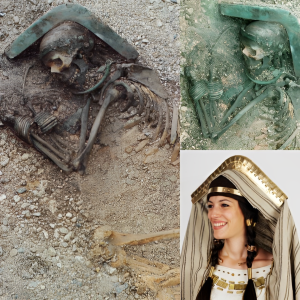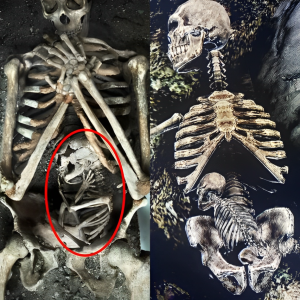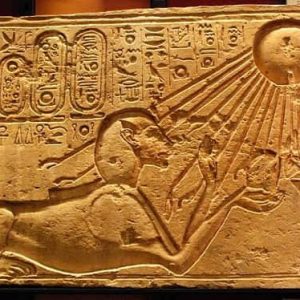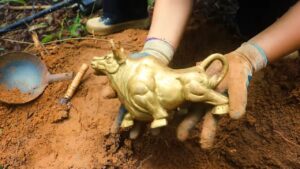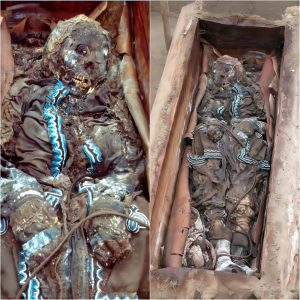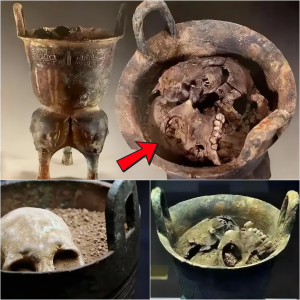High-tech tools divulge new information about the mysterious and violent fates met by these corpses
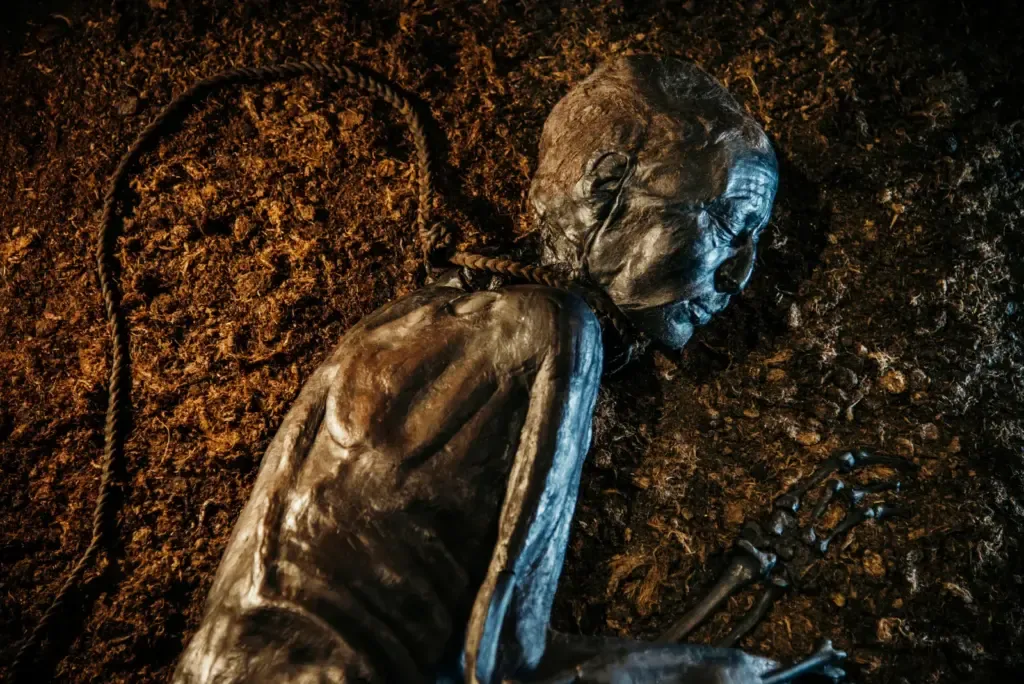
If you’re looking for the middle of nowhere, the Bjaeldskovdal bog is a good place to start. It lies six miles outside the small town of Silkeborg in the middle of Denmark’s flat, sparse Jutland peninsula. The bog itself is little more than a spongy carpet of moss, with a few sad trees poking out. An ethereal stillness hangs over it. A child would put it more simply: This place is really spooky.
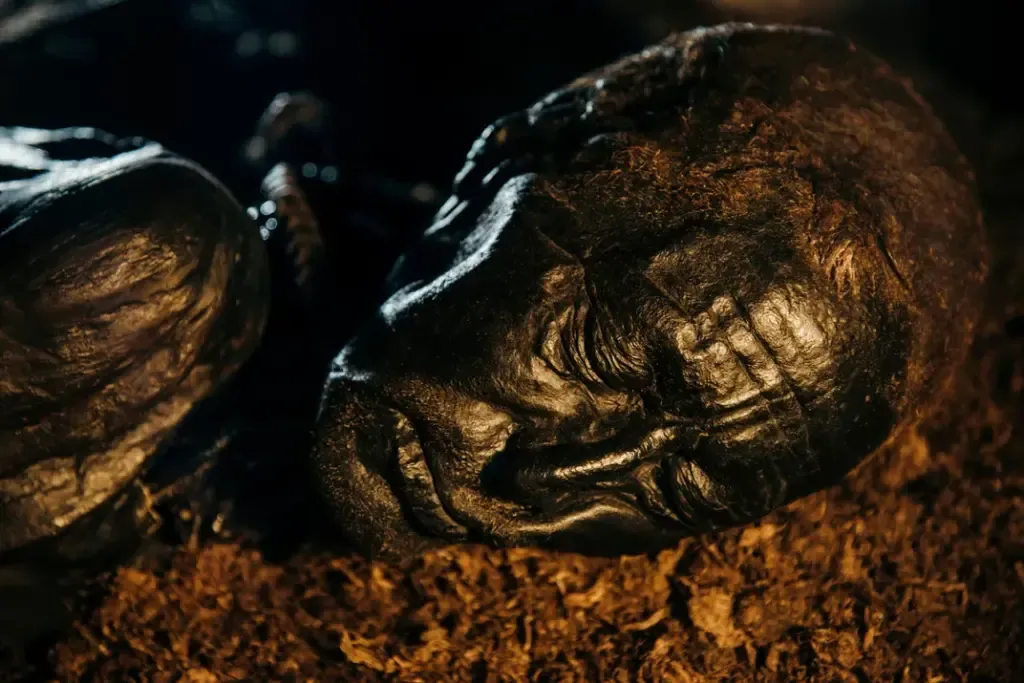
I drove here on a damp March day with Ole Nielsen, director of the Silkeborg Museum. We tramped out to a desolate stretch of bog, trying to keep to the clumps of ocher-colored grass and avoid the clingy muck between them. A wooden post was planted to mark the spot where two brothers, Viggo and Emil Hojgaard, along with Viggo’s wife, Grethe, all from the nearby village of Tollund, struck the body of an adult man while they cut peat with their spades on May 6, 1950. The dead man wore a belt and an odd cap made of skin, but nothing else. Oh yes, there was also a plaited leather thong wrapped tightly around his neck. This is the thing that killed him. His skin was tanned a deep chestnut, and his body appeared rubbery and deflated. Otherwise, Tollund Man, as he would be called, looked pretty much like you and me, which is astonishing considering he lived some 2,300 years ago.
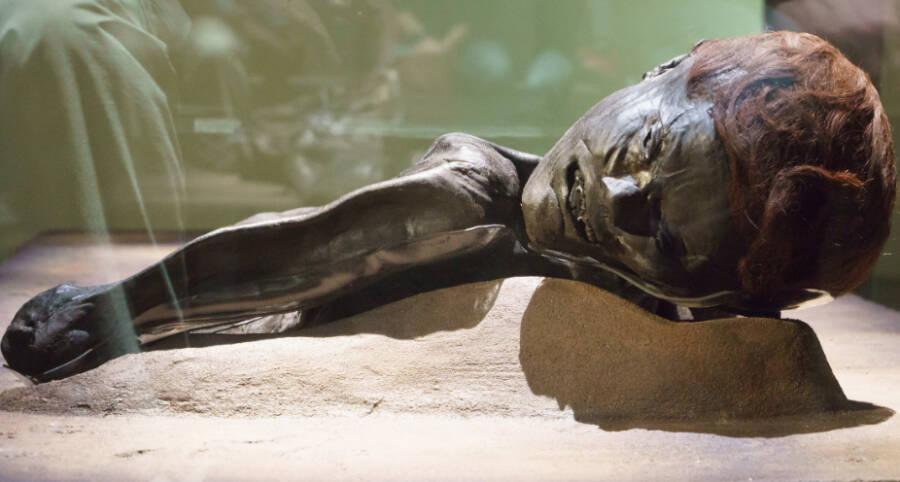
The first time I saw him in his glass case at the Silkeborg Museum, a kind of embarrassed hush came over me, as if I had intruded on a sacred mystery. Apparently, this happens frequently. “Most people get very silent,” says Nielsen. “Some people faint, but that’s rare.”
What really gets you is his lovely face with its closed eyes and lightly stubbled chin. It is disconcertingly peaceful for someone who died so violently. You’d swear he’s smiling, as if he’s been dreaming sweetly for all those centuries. “It’s like he could wake up at any moment and say, ‘Oh, where was I?’” says Nielsen, who has clearly fallen under Tollund Man’s spell himself. “Looking at his face, you feel you could take a trip back 2,300 years to meet him. I would like to put a USB plug into his well-preserved brain and download everything that’s on it, but that’s impossible. He’s reluctant to answer.”
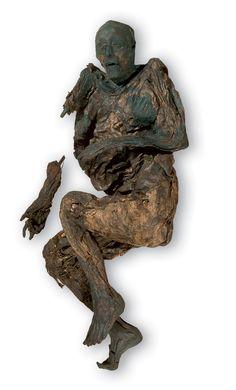
Reluctant perhaps, but not altogether unwilling. Archaeologists have been asking the same questions since the Hojgaards first troubled Tollund Man’s long sleep: Who are you? Where did you come from? How did you live? Who murdered you and why? But the way the researchers ask the questions, using new forensic techniques like dual-energy CT scanners and strontium tests, is getting more sophisticated all the time. There’s new hope that, sometime soon, he may start to speak.
Scholars tend to agree that Tollund Man’s killing was some kind of ritual sacrifice to the gods—perhaps a fertility offering. To the people who put him there, a bog was a special place. While most of Northern Europe lay under a thick canopy of forest, bogs did not. Half earth, half water and open to the heavens, they were borderlands to the beyond. To these people, will-o’-the-wisps—flickering ghostly lights that recede when approached—weren’t the effects of swamp gas caused by rotting vegetation. They were fairies. The thinking goes that Tollund Man’s tomb may have been meant to ensure a kind of soggy immortality for the sacrificial object.
“When he was found in 1950,” says Nielsen, “they made an X-ray of his body and his head, so you can see the brain is quite well-preserved. They autopsied him like you would do an ordinary body, took out his intestines, said, yup it’s all there, and put it back. Today we go about things entirely differently. The questions go on and on.”
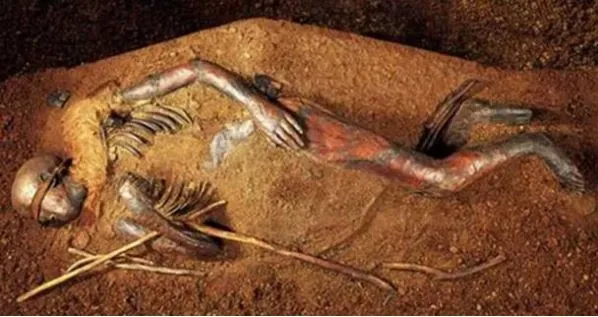
Lately, Tollund Man has been enjoying a particularly hectic afterlife. In 2015, he was sent to the Natural History Museum in Paris to run his feet through a microCT scan normally used for fossils. Specialists in ancient DNA have tapped Tollund Man’s femur to try to get a sample of the genetic material. They failed, but they’re not giving up. Next time they’ll use the petrous bone at the base of the skull, which is far denser than the femur and thus a more promising source of DNA.
Then there’s Tollund Man’s hair, which may end up being the most garrulous part of him. Shortly before I arrived, Tollund Man’s hat was removed for the first time to obtain hair samples. By analyzing how minute quantities of strontium differ along a single strand, a researcher in Copenhagen hopes to assemble a road map of all the places Tollund Man traveled in his lifetime. “It’s so amazing, you can hardly believe it’s true,” says Nielsen.
